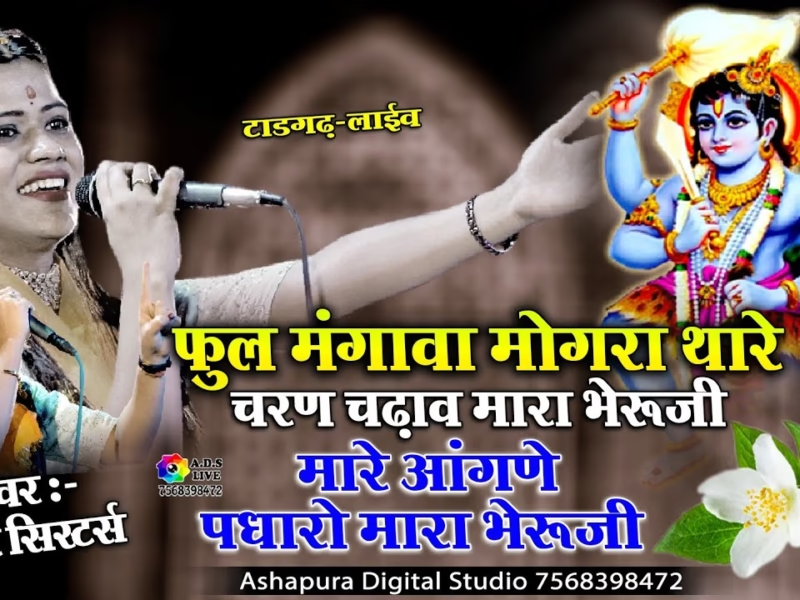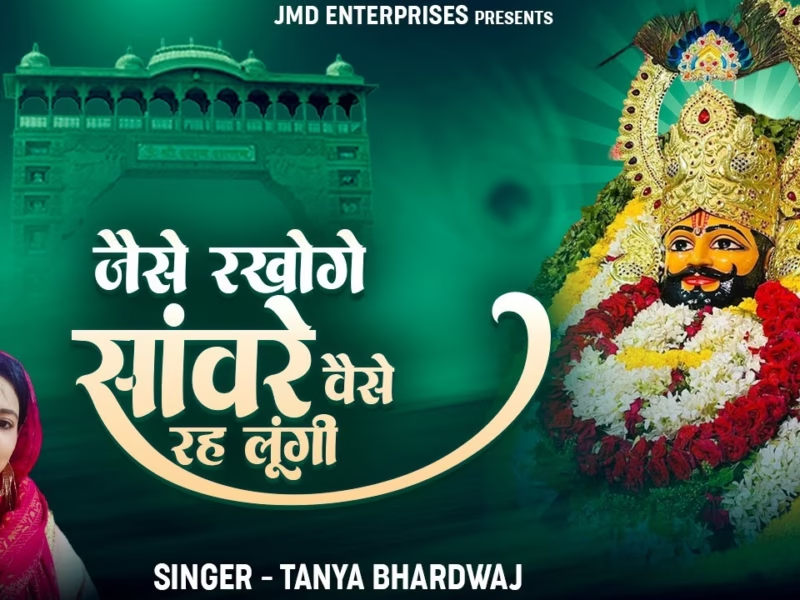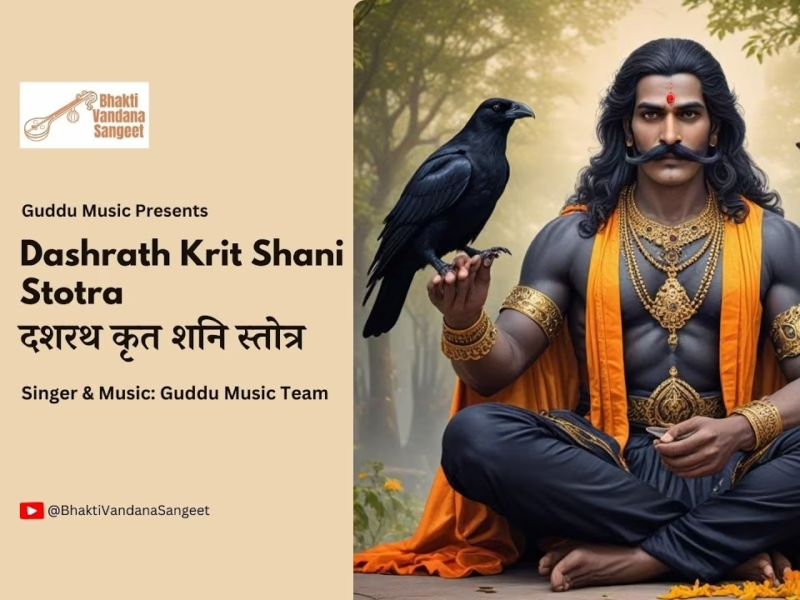Published by The Theosophical Publishing House, Chennai
Om ! May He protect us both together; may He nourish us both together;
May we work conjointly with great energy,
May our study be vigorous and effective;
May we not mutually dispute (or may we not hate any).
Om ! Let there be Peace in me !
Let there be Peace in my environment !
Let there be Peace in the forces that act on me !
1. Now, therefore, we shall set forth ‘the hymn of food’ that is beyond all empirical knowledge, the essence of all Upanishads, dealing with the sacrifice in the body, by virtue of which the embodied man becomes free from transmigratory life without Agnihotra and the knowledge of Sankhya.
2. According to proper procedure, setting (the cooked) rice on the ground one intones the three verses beginning with ‘Ya osadhaya …’ and the two beginning with ‘annapate ..’.
3. The many plants of hundred shapes and forms that Soma rules asking, urged on by Brihaspati, ye deliver us from calamities.
4. The fruitful plants and fruitless, that have flowers and the flowerless, urged on by Brihaspati, ye deliver us from calamities.
5. Let me not bind for you the plants that live and endow (others with) life, that are free from malignancy; may they put to fight the evil spirits from one who offers them (sacrifice).
6. Lord of food ! Give us food that is clean and rich in energy; help the giver of food over (the hazards of life). Endow us, bipeds and quadrupeds, with might.
7. May the food (we eat) be fire; (though) it is adverse to the Rudras and the evil spirits and may it promote generations of off-spring. Let the mighty (Lord) purge it of all seeds of fear and make it auspicious. Hail to the mighty Lord.
8. Seeing all you move within the hidden (places). You are the sacrifice; You are Brahma, Rudra, Vishnu. You are the sacred syllable Vasat, light, taste, the immortal Brahman, the earth, the mid-region and the firmament. OM Salutation.
9. May the waters purify the earth; may the purified earth purify me. May (the waters) purify the master of the Veda; may the hallowed Vedic essence purify me. Whatever is left over as unfit to be consumed or whatever deed of mine be sinful – all these may the waters purify; also the gifts (accepted from) the unrighteous. Hail !
10. You are ambrosia; an ambrosial spread (base). You are ambrosia in regard to the vital breath; fit for the sacred offering, the last blessing. OM, salutation to Prana. OM, salutation to Apana. OM, salutation to Vyana. OM, salutation to Udana. OM, salutation to Samana. OM, salutation to Brahman. OM, may myself be in Brahman for the winning of immortality.
11. The offering to Prana is made with the little finger and the thumb. With the ring finger and the thumb is made the offering to Apana. With the middle finger and the thumb is made that to Vyana, with all fingers is the offering made to Udana and with the forefinger and the thumb is made the offering to Samana.
12. Silently one offering is made with one Ric; two in the Ahavaniya; one in the Dakshina fire; one in the Garhapatya and one in the fire for all expiatory rites.
13. Then, ‘You are the lid for immortality’ – for winning immortality. Sipping one must take again and touch again.
14. Taking water in the right palm and holding it over against the heart one should intone: Prana is fire; is the supreme Self surrounded by the five vital breaths. Fearlessness to all living beings ! Fear never dwells in me
15. You (Prana) are Vishva and Vaishvanara; by you is the multiform world sustained as it manifests itself. Where you are, the immortal Brahma, are all offerings (made).
16. This great and novel Spirit (is) established at the ends of the big toes. I pour water round him at the end (of the ceremonial eating) for winning immortality.
17. Let this external self meditate on specific activities – thus one makes offerings in the fire. Let (the performer) be a son to all. The ritual offerings are consecrated in the fire.
18. I shall perform sacrifice in my body. There are the four fires, no mean ones, corresponding to the four parts of OM with the half syllable.
19. There is no solar fire, shaped like the solar disc, sheathed in a thousand rays, abiding in the crown as the solar seer. The fire of vision mentioned (above) with its four forms, becoming the Ahavaniya is stationed in the mouth. The bodily fire consumes the oblations that destroy old age. Becoming Dakshinagni, shaped like a half moon, it is stationed in the heart. Then, there is the gastric fire that, becoming Garhapatya is stationed at the navel consuming what is eaten, drunk, licked and sucked.
20. Underneath are the three horizontal states of mind – the moon, Lord and the agent of generation.
21. In this bodily sacrifice, unadorned by the girdle round the sacrificial post, who is the sacrificer ? Who is (his) wife ? Who are the officiating priests ? Who are the attendants ? Which are the sacrificial vessels ? What are the oblations ? Which is the altar ? Which is the interior of the altar ? Which is the wooden container (for the soma juice) ? Which is the chariot ? Which is the sacrificial animal ? Who is the officiating priest ? Who is the invoking priest ? Who is the assistant of the Chief priest ? Who is the assistant of the Adhvaryu ? Who is the first chanter ? Who is the assistant of the Hotir ? Who sings the Sama songs aloud ? Which is the libation to (Agni) ? Who is the assistant of the Brahma priest ? What are the Darbha grass ? Which is the ladle ? Which is the container of the ghee ? Which are the two ghee offerings ? Which are the two parts of the ghee ? What are the preliminary offerings ? What are the final sacrifices ? Which is the Ida libation (in between the two) ? What is recitation ? What is the Samyorvaka formula ? Which are the four Ajya oblations ? Which is the sacrificial post ? Which is the cord ? Which are the Ishtis (oblations of butter, fruits, etc.,) ? What is the sacrificial fee ? What is the ritual bath after the sacrifice ?
22. In the bodily sacrifice, unadorned by the cord round the sacrificial post, the sacrificer is the self; (his) wife is the intellect. The great officiating priests are the Vedas. The ego is the Adhvaryu. The mind-stuff is the invoking priest. Prana is the assistant of the chief priest; Apana is the assistant of the Adhvaryu. Vyana is the first chanter. Udana is the loud Sama singer. Samana is the assistant of Hotir. The body is the altar. The nose is the interior of the altar. The crest is the wooden container. The foot is the chariot. The right hand is the ladle. The left hand is the container of the ghee. The ears are the two ghee offerings. The eyes are the two parts of the ghee. The neck is the libation. The Tanmatras are the assistant of the Brahma Priest. The great elements are the attendants. Gunas are the supplementary offerings. The tongue is the final sacrifices. Teeth and lips are the middle libation. The palate is the hymn-recitation. Memory is the Samyorvaka formula. Compassion, forbearance, non-violence are the four Ajya oblations (to Soma, etc.,). Om is the sacrificial post. Desire is the cord. Mind is the chariot. Lust is the sacrificial animal. The hair is the Darbha grass. The sense organs are the sacrificial vessels. The organs of action are the oblations. Non-violence is the Ishtis. Renunciation is the sacrificial fee. The post-sacrificial bath (follows) from death. In this body are stationed all the divinities.
23. (Either) one dies in Benares (or) the Brahmana who reads this (Upanishad) achieves liberation in one life: This is the secret doctrine.
Om ! May He protect us both together; may He nourish us both together;
May we work conjointly with great energy,
May our study be vigorous and effective;
May we not mutually dispute (or may we not hate any).
Om ! Let there be Peace in me !
Let there be Peace in my environment !
Let there be Peace in the forces that act on me !
Here ends the Pranagnihotropanishad belonging to the Krishna-Yajur-Veda.










